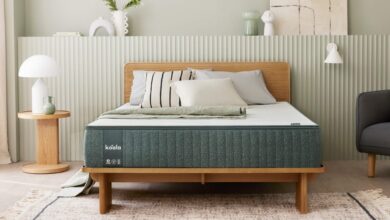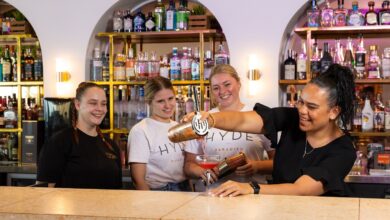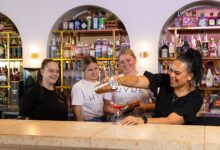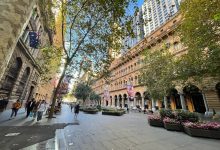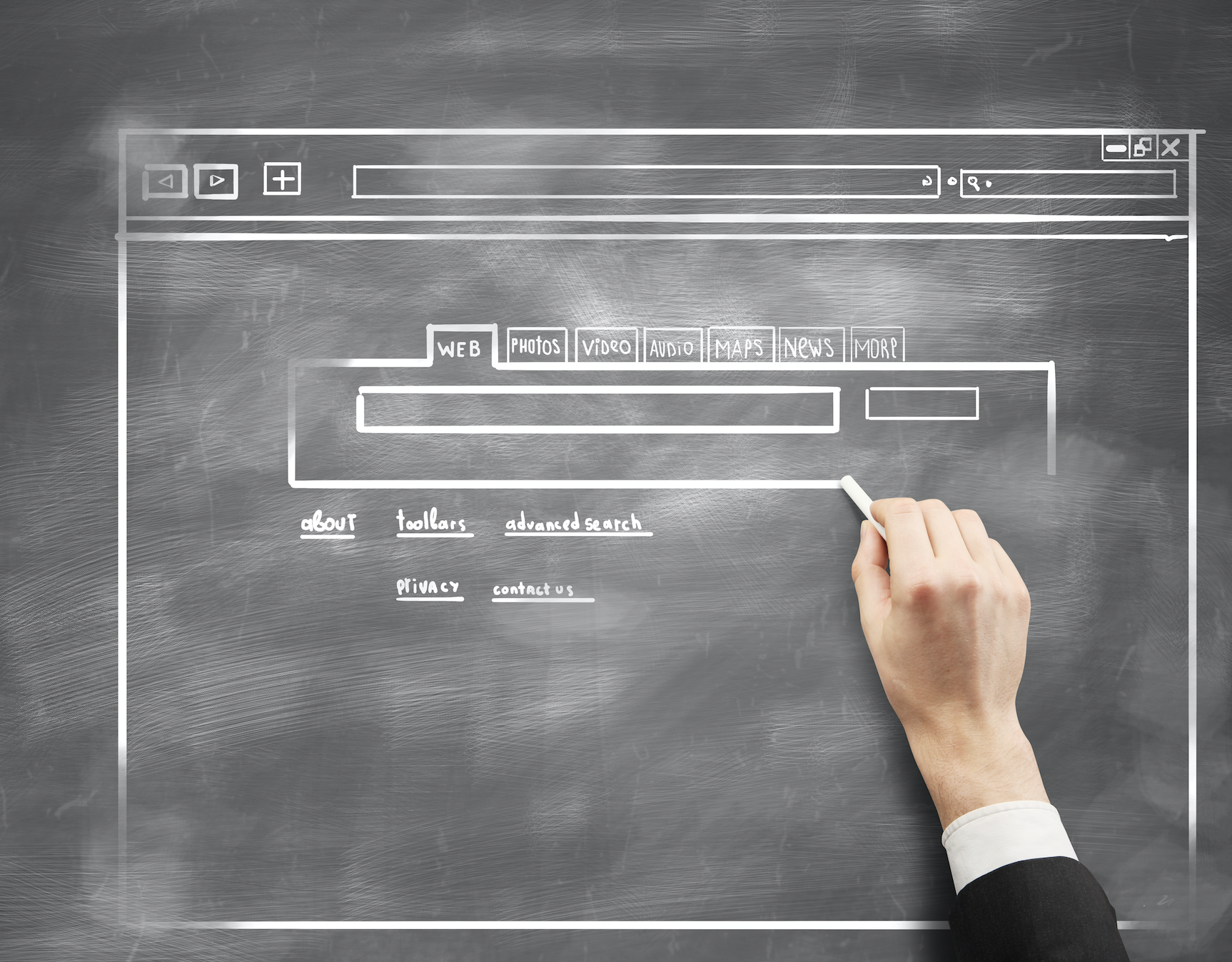
How hotel website design affects ADR
Smart hotel websites can stimulate higher perceived value and ADRs.
Your hotel website is the first place virtually all of your future guests will engage with your property and set expectations. But more importantly, as hotels struggle to increase rates in the face of new supply and maxing occupancy… your hotel website can actually help you to sell guestrooms at higher rates (and possibly even higher than what is already posted on OTAs).
Today, savvy hotel marketers and their web designers are relying on psychology to guide their design decisions. Only then, can they build a website aimed at increasing revenue from the very start. After all, the right psychological cues can influence guests to click where you want them to and book when you want them to. Conversely, the wrong cues can send them fleeing faster than a slow loading page.
Poor design, complicated navigation and cluttered pages can prevent your property from reaching its full revenue potential. And remember, the cost of fixing these mistakes is always higher than getting it right in the first place!
So let’s take a look at how hotel web design, tone and layout can strengthen your hotel’s appeal and justify higher room rates.
1. Clear and compelling value proposition
Every hotel should have succinct, provocative and incisive message immediately obvious at first sight. These statements, done well, generate higher perceived value for your property.
Who are you and why should prospects care?
A mistake that many hotels make is using “me-too” cliché phrases that many of their neighbours can also claim, such as ‘located in the heart of downtown Nashville’ or ‘oceanfront dining.’
A good example of how to do it right is The Grafton on Sunset in LA, which immediately tells viewers what they should expect, where the property is and encourages further interaction without hyperbole.
2. Social proof
The influence of friends and family is another big factor in what people purchase. With seven out of 10 Americans using social media sites, travellers will often pay a premium for properties their peers have praised.
One way to integrate social proof beautifully into your website design is through share-worthy user-generated content. There are a number of tools to seamlessly identify and collect guest images from Instagram and display them on your site, as well as other marketing assets. These visual ‘testimonials’ compel customers to trust your brand even more and prove that you are worthy of their travel dollars.
3. Arresting imagery
Have lackluster or outdated photos on your website?
People will automatically assume that your hotel is also lackluster and outdated and mentally price it accordingly. Studies show that hotel photography has the power to change a guest’s mind – making them consider a property that before was not in the running or to drop a hotel they were once interested in. Photos aren’t just pretty pictures, they matter to your bookings and your bottom line.
So, dump all the stock photography, delete your old images and establish higher standards for all new photography. Hire a photographer with an established portfolio of hotel or architecture work. Then, dip into your most valuable photographer pool – your own guests. Your guests are Instagramming their favourite moments from their trips, and some are pretty stunning!
4. Clutter free usability
The most profitable hotel websites follow the de facto mantra of luxury branding: Less is more. Cluttered webpages will only confuse your audience and drive them away. Keep your site intuitive and user-friendly, two key design factors that influence conversion.
Usability is measured by how easy it is for online visitors to navigate your hotel website and find what they need, such as researching rates and reserving a room. Time is a precious commodity and smart hotel websites save their visitors time. Generally, a person can gauge your hotel website’s usability in the first few seconds and they will choose to move forward only if they deem it ‘easy’ enough.
Not only does a ‘clean’ layout make it easier for a guest to explore and book, it also generates better SEO results and faster download speeds. The best web design in the world can’t convince guests to stay and pay on a slow-loading hotel website.
Take a look at the site for Hotel Henri in NYC, an excellent example of uncluttered design that elevates perceived value.
5. Accessible communication
Giving people what they want quickly and easily amps up your value. Follow the example of luxury hotels and resorts, who offer instant access to reservations staff using online chat, phone or email. Consumers are always more likely to pay a premium to properties that respond quickly to questions and establish high service expectations BEFORE the guest even arrives.
6. Dynamic personalisation
Personalisation is a big industry buzz word right now. But cutting through all the hype, one place where personalisation can truly make an immediate impact is on your direct website and booking engine, where personalised content can lead to more bookings at higher rates.
For example:
• Your website (and booking widget) tracks user behaviour and auto-configures the booking engine with images and messages relevant to that demographic (i.e. family vs business traveler)
• You can prevent abandonment to OTAs by dynamically showing gated /loyalty rates to users who are automatically identified as past guests
• When a guest from London visits your website and moves into the booking engine, your website can automatically pass the user’s location and localise room rates in the booking engine to the guest’s native currency (i.e. instead of charging $100 USD for a room, you could charge 100 British Pounds, which is worth $1.32).
Tambourine is a US-based marketing, booking and distribution service that helps hotel and travel marketers sort it all out. It delivers a 360º program that reduces stress and increases revenue.


